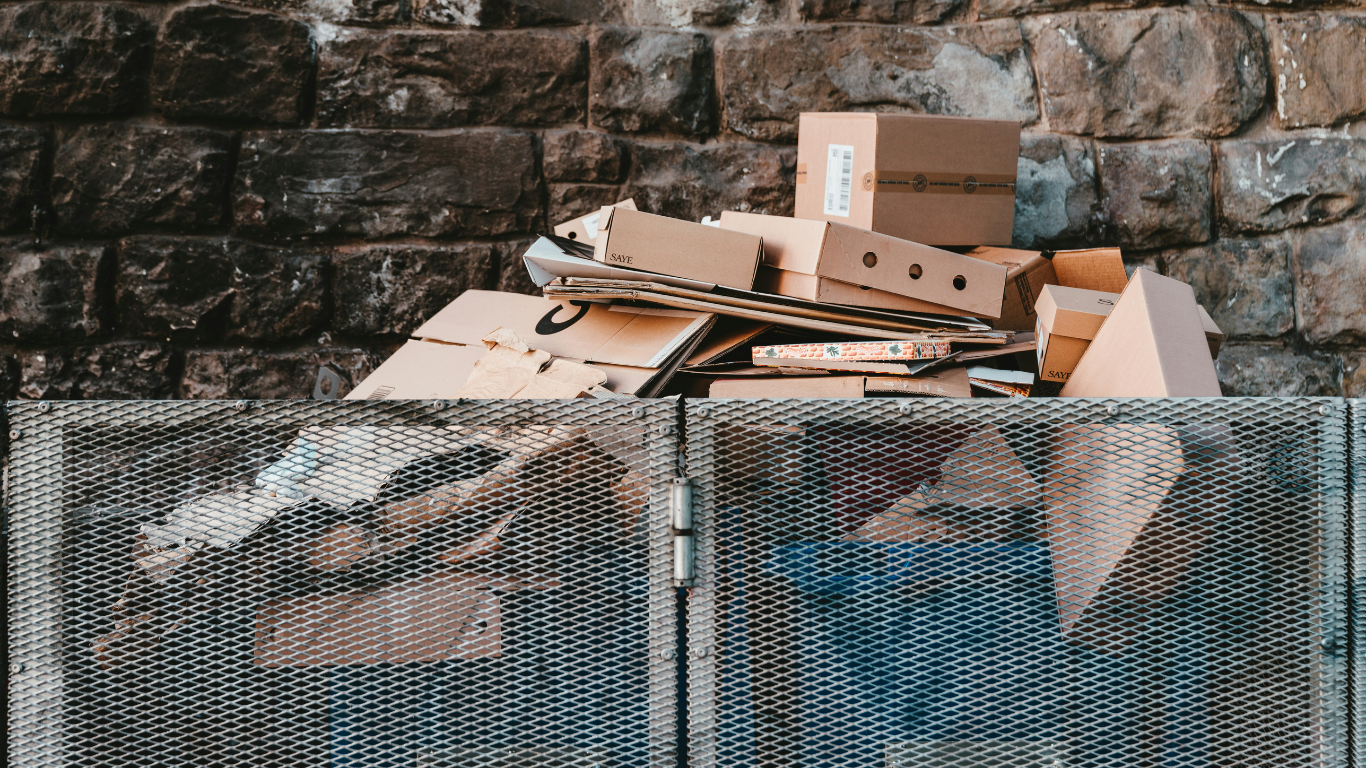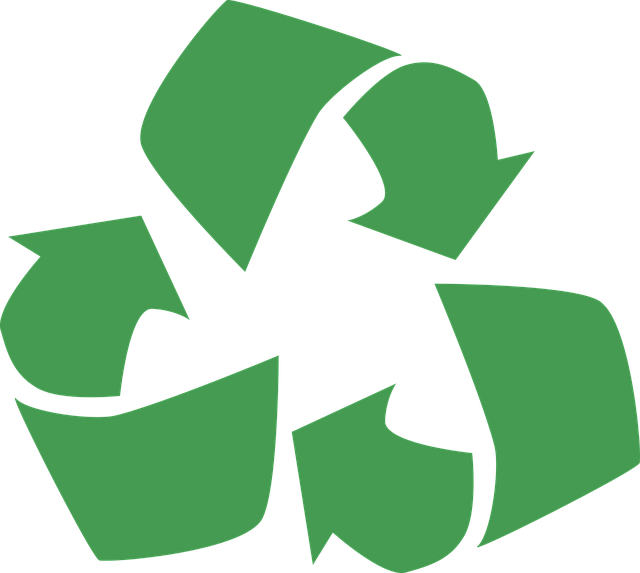The overuse of products and the incessant demand for new ones have significant environmental impacts. The production of goods requires raw materials, energy, and water, contributing to resource depletion, pollution, and greenhouse gas emissions. When products are discarded prematurely, they add to the growing problem of waste, much of which ends up in landfills or incinerators, further harming the environment.
Economically, the cycle of buying new products strains both personal finances and the global economy. The relentless pursuit of the latest goods can lead to excessive spending and waste of resources that could be better used elsewhere. Moreover, it perpetuates a linear economy—take, make, dispose—instead of encouraging more sustainable practices.
The virtues of sustainability – shifting focus.
Shifting focus from overuse to sustainability presents numerous benefits. By extending the lifespan of products, we can significantly reduce environmental impact. This approach conserves resources, minimizes waste, and reduces the demand for energy-intensive production processes. From an economic perspective, it promotes savings and fosters a more resilient and circular economy, where products are designed to be durable, repairable, and recyclable.
Hycon stands out as the embodiment of durable product manufacturing with their hydraulic power tools, powered by a compact yet potent 9-horsepower power pack. Hycon hydraulic tools are designed with the future in mind. The closed-loop hydraulic system seals out dirt and moisture, significantly extending the lifetime of the tools while maintaining their reliability.

Strategies for extending product lifespan
- Design for Durability: Manufacturers should focus on creating products that are built to last, using high-quality materials and designs that facilitate repair and upgrades.
- Promote Repair and Upcycling: Encouraging repairability and the upcycling of products can greatly extend their useful life. This includes providing accessible repair manuals, offering spare parts, and supporting a culture of creativity in repurposing items.
- Adopt Circular Economy Principles: Transitioning to a circular economy model, where products are designed for a lifecycle of multiple uses, either through refurbishment or recycling, can drastically reduce waste and environmental impact.
- Consumer Awareness and Education: Educating consumers about the environmental and economic benefits of extending the lifespan of products can help shift habits. This includes promoting the value of quality over quantity and the long-term savings of investing in durable goods.
- Support Legislation and Policies: Governments can play a crucial role by enacting policies that support sustainable practices, such as extended producer responsibility (EPR), incentives for sustainable product design, and regulations that make repair and recycling easier and more accessible.
